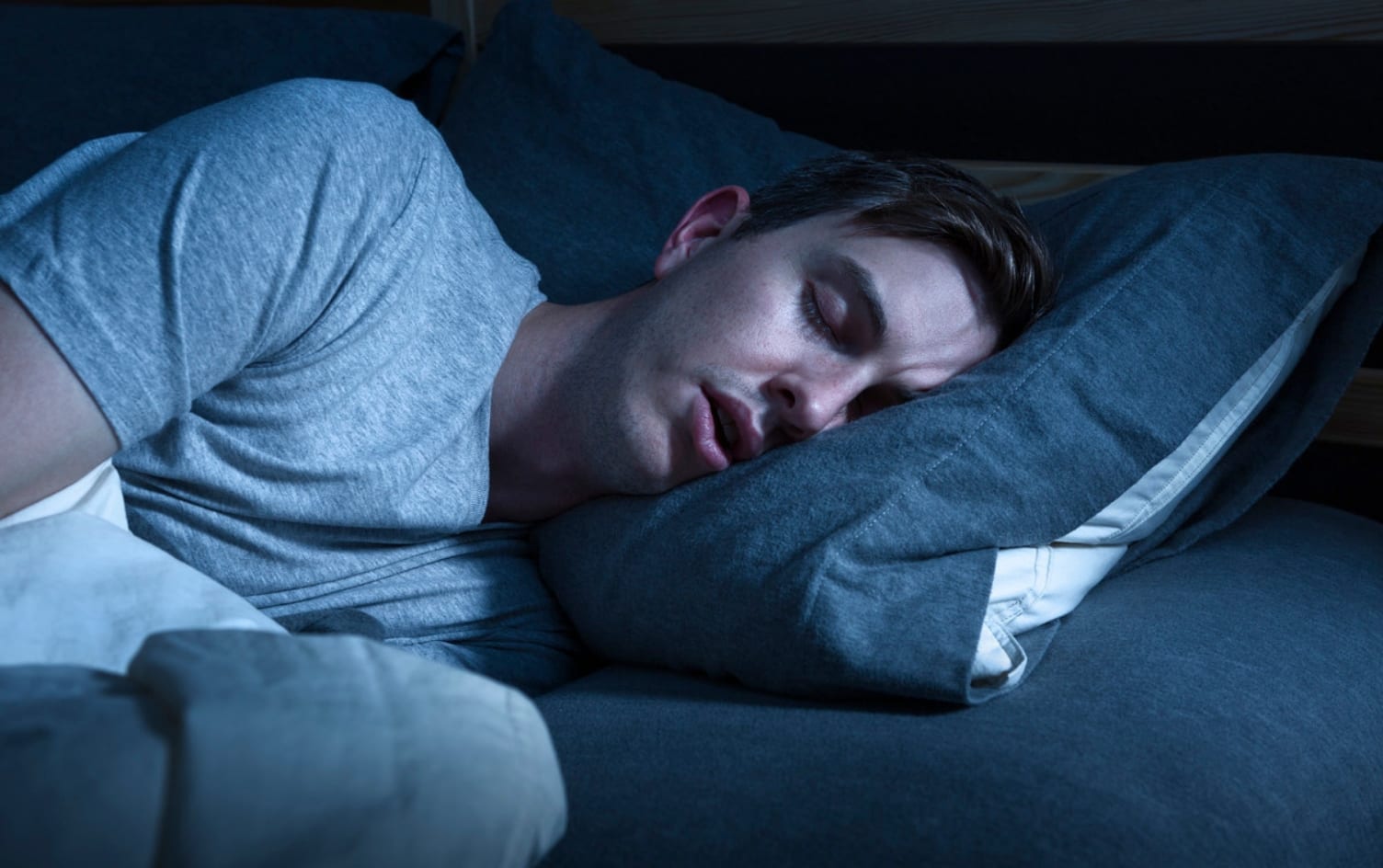If you think you’re a light sleeper, you probably are. “There is no official definition of a light sleeper,” explains Michael A. Grandner, PhD, director of the Sleep & Health Research Program and of the Behavioral Sleep Medicine Clinic at the University of Arizona. “It could be defined as someone who is easily awakened by real or perceived light, sound, movement or other stimuli during sleep.”
All that waking up leads to poorer sleep quality, which may lead to insomnia, especially if they wake up and have difficulty falling back to sleep, he adds.
Since sleep is important for almost every part of our body to function at its best, we turned to the experts to learn what new strategies light sleepers can use to get a sound(less) night’s rest. Try a few to find what works best for you.
STAY UP LATER
For some, this helps to increase “sleep pressure,” which is “your natural ‘hunger” for sleep that builds across the day,” explains Grandner. “When sleep pressure is too low, it can cause more awakenings, especially when people have insomnia or are used to being woken up at night.” Try going to bed later than normal for a few nights and see if that helps.
SLEEP NAKED
Many of us have heard that 68ºF is about the “ideal” temperature for sleeping. If you’re still hot and you can’t convince your bed partner to jack up the AC, ditch the pajamas, suggests board-certified chiropractor Rubina Tahir.
DIY AROMATHERAPY
Scents such as lavender, rose, vanilla and chamomile may help you relax into dreamland, while peppermint or lemon odors may be too energizing and interfere with sleep, says health coach Locke Hughes, author of “Melatonin: The Natural Supplement for Better Sleep.” She recommends using essential oils (rub them on your skin or use a diffuser), applying scented body lotions, spritzing a linen spray on your bedding or bringing in some fresh flowers or plants.
LOWER YOUR WATTAGE
Swap your light bulbs for natural-light, 45-watt bulbs and dim all light sources to produce less than 200 watts total an hour before bed, Hughes suggests. If your partner likes to read at night, ask him or her to use a small book light, she adds.
MEDITATE DAILY ON YOUR BED
Contrary to some advice, Tahir says it’s good to meditate where you sleep. “If you begin to associate your bed with a calm state, you can train your brain to take the cue,” she explains. “If you are not teaching your body how to respond in a room, you are missing out on the benefits of this relaxed state.”
INVEST IN SPECIAL HEADPHONES
Those such as Kokoon sleep-aiding headphones and Bose noise-making sleepbuds are designed to softly fit around or in your ears so you can wear them to bed at night to “cancel out noises your partner might make,” says sleep specialist Dr. Chris Winter, author of “The Sleep Solution: Why Your Sleep Is Broken and How To Fix It.” Depending on the device, you can even choose to listen to relaxing music or sounds such as ocean waves, waterfalls and campfire.
WEAR EARPLUGS BACKWARD
“Earplugs help lessen the decibel level reaching the inner ear,” explains Dr. Sujay Kansagra, Mattress Firm’s sleep health expert and director of Duke University’s Pediatric Neurology Sleep Medicine Program. He suggests inserting the flat end of the earplugs into your ears, as the seal tends to be tighter there.
REPAINT YOUR BEDROOM
“The way our bedrooms look can make a key difference between poor sleep and wonderful, peaceful shuteye,” Hughes says. She recommends neutral shades like beige or cream, or pastels like pale green, blue and yellow for your walls. On those walls, choose pleasant images that relax rather than stimulate you, she adds. “Think flowers, trees or peaceful landscapes.”
ERECT A PILLOW WALL
Many may object to this idea, but Tahir recommends using a body pillow to divide the bed if your partner is restless. “This will train both people to maximize their space on the bed and create ease, knowing it is less likely for the other person to stretch out or kick a leg accidentally,” she explains.
UPGRADE YOUR WHITE NOISE MACHINE
Some white noise machines can be worse than listening to your neighbors in the next apartment. Winter recommends Nightingale, which plugs into your outlet and looks like an outlet. “Put one on each side of your bedroom, and it can cancel out noises in the bedroom,” he says, adding that it can take some trial to correctly set them up.
BUY A NEW MATTRESS
On older box spring mattresses, if one partner shifts in their sleep, the entire mattress can vibrate. Mattresses made from foam or with individual pocket coils lessen motion transfer and can keep your side of the bed still, Winter explains. While you’re at it, opt for a larger bed.
FIGURE OUT DEEPER ISSUES
“If you feel like this is a constant, ongoing problem, it might be worthwhile to see someone,” Winter says. You or your partner may have restless leg syndrome, acid reflux, sleep apnea or other issues that can be addressed professionally. Start with your primary care doctor and, if you’re not satisfied, seek a sleep specialist, Winter says.
SPLIT UP
Just kidding, sort of. Sleeping differences are nothing to divorce over. But you may want to try sleeping in separate beds, says Winter, who recommends making a schedule. You sleep together some nights but if you need to get up really early on Wednesdays while your partner is up earlier on Thursdays, maybe you sleep in separate rooms on Tuesday and Wednesday nights. “When you get back together, you often find you appreciate it more,” Winter says. Or try two twin beds shoved together underneath the same blanket, he adds.




